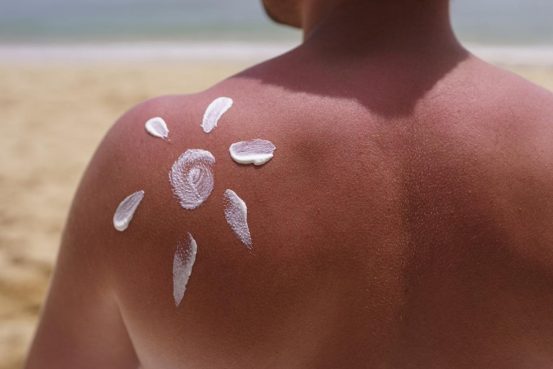
As customers come to be increasingly wise regarding skin care, the discussion between chemical and physical sun blocks continues to be a warm topic. While both deal vital security against the sun's hazardous ultraviolet (UV) rays, physical sun blocks are typically lauded for their gentle yet efficient formula, making them a favored option for those with sensitive or reactive skin. The secret to their success depends on their energetic components, which create a physical barrier on the skin to shut out UV radiation. This article will delve into the globe of physical sunscreens, focusing on their key active ingredients: zinc oxide and titanium dioxide.
Unlike their chemical counterparts, which absorb UV radiation and convert it into warmth, physical sunscreens work by sitting on top of the skin to create a shield that disperses and scatters both UVA and UVB rays. This device is why they are usually referred to as "sunscreens." The key advantage of this approach is its immediate performance upon application and the lower likelihood of triggering skin irritability, as the ingredients are not taken in right into the skin.
The most celebrated component in the physical sun block family is Zinc Oxide. This powerhouse mineral is unique in its capacity to offer broad-spectrum security, meaning it properly protects the skin versus the full spectrum of UVA and UVB rays. UVA rays are accountable for early aging, including wrinkles and great lines, while UVB rays are the primary root cause of sunburn. By supplying extensive defense against both, zinc oxide plays an important function in protecting against sun damages and decreasing the threat of skin cancer cells.
In addition, zinc oxide is renowned for its calming buildings. It has been utilized for centuries to deal with small skin irritabilities, rashes, and burns, a testament to its mild nature. This makes sunscreens formulated with zinc oxide a suitable option for individuals with sensitive skin, acne-prone skin, or conditions like rosacea and eczema. Its non-comedogenic residential or commercial properties likewise suggest it is much less most likely to obstruct pores, a typical worry for those with oily or combination skin.
The other principal in the physical sun block classification is Titanium Dioxide. This naturally occurring mineral is an additional excellent component for developing a physical obstacle against UV rays. It is very efficient at reflecting and spreading UVB radiation, providing robust defense versus sunburn. While it supplies excellent protection throughout the UVB spectrum, it is typically considered much less efficient against long-wave UVA rays contrasted to zinc oxide.
Therefore, titanium dioxide is typically utilized along with zinc oxide in sun block formulas. This combination develops a collaborating result, improving the total broad-spectrum protection of the product. By leveraging the toughness of both physical sunscreen ingredients active ingredients, formulators can develop a sun block that provides comprehensive and trustworthy defense versus the sunlight's destructive rays. Like zinc oxide, titanium dioxide is also gentle on the skin and is an appropriate alternative for those with delicate or easily aggravated skin.
In recent years, improvements in solution modern technology have attended to among the initial disadvantages of physical sunscreens: the thick, white cast they would frequently leave on the skin. Modern formulas currently make use of micronized or nano-sized particles of zinc oxide and titanium dioxide, which allows for a more cosmetically classy application without jeopardizing their protective abilities. This suggests you can delight in the mild, reliable protection of a physical sunscreen without the tell-tale white residue.
In conclusion, physical sun blocks supply a reliable and gentle way to protect your skin from the sunlight. Their celebrity ingredients, zinc oxide and titanium dioxide, operate in harmony to create a physical shield that disperses unsafe UVA and UVB rays. With their excellent safety and security profile and viability for all skin types, especially delicate skin, physical sun blocks are a powerful force in the battle against sun damages. The following time you are Browse the sun block aisle, take into consideration the effective, protective, and skin-loving advantages of a physical formulation.